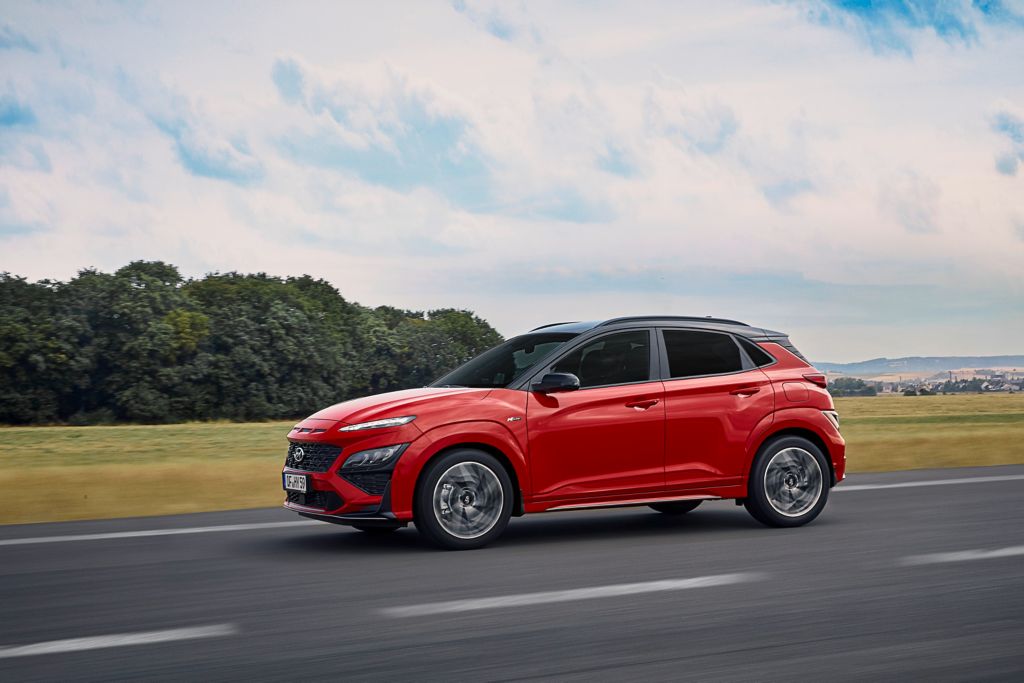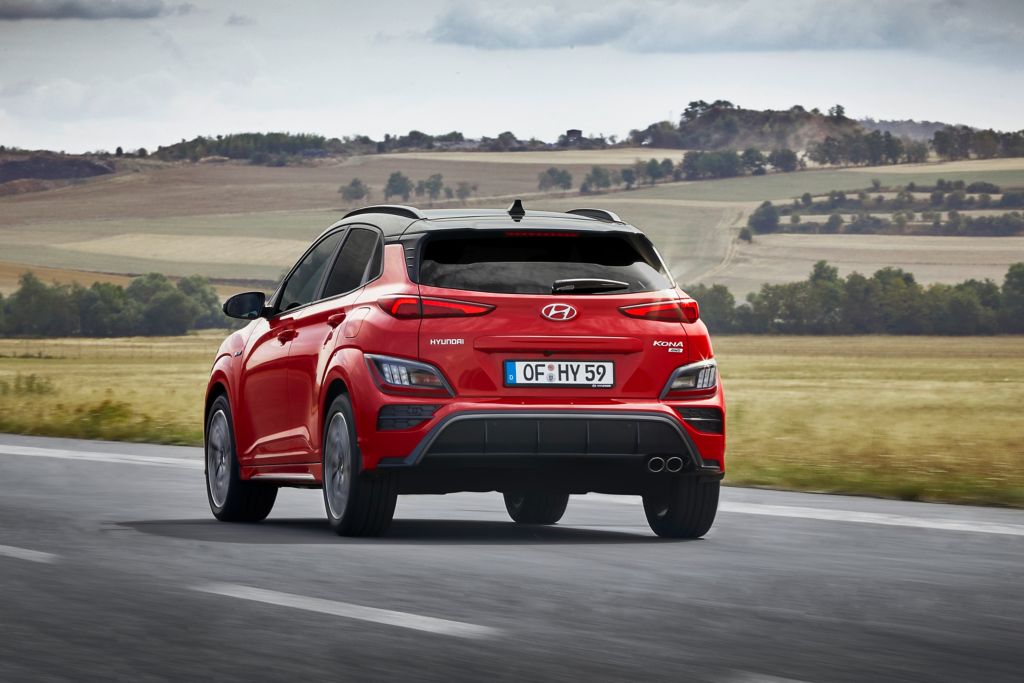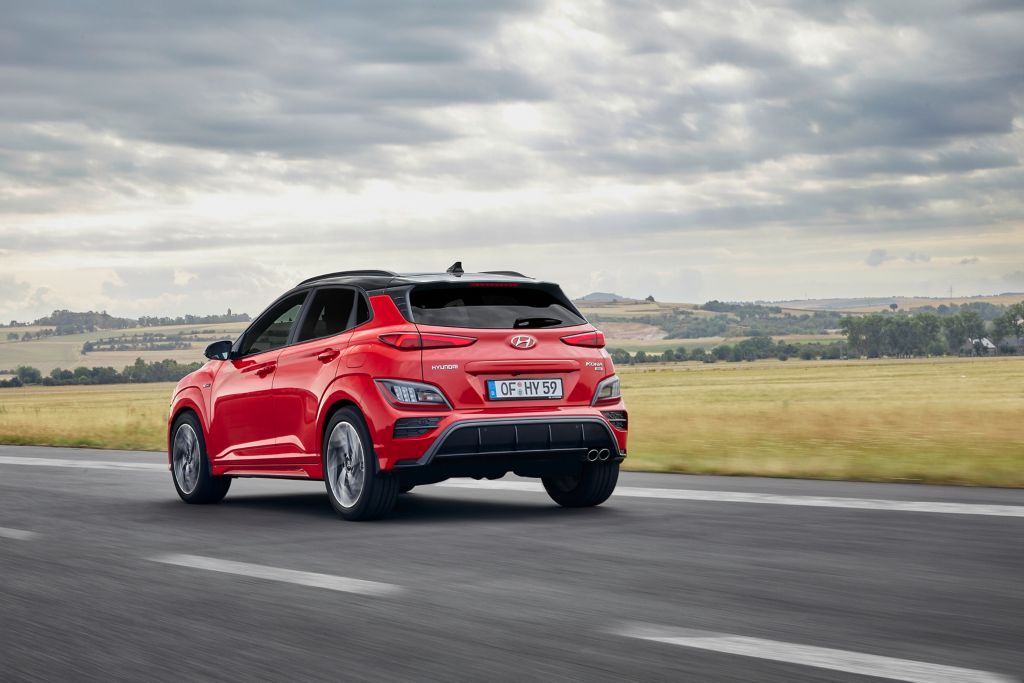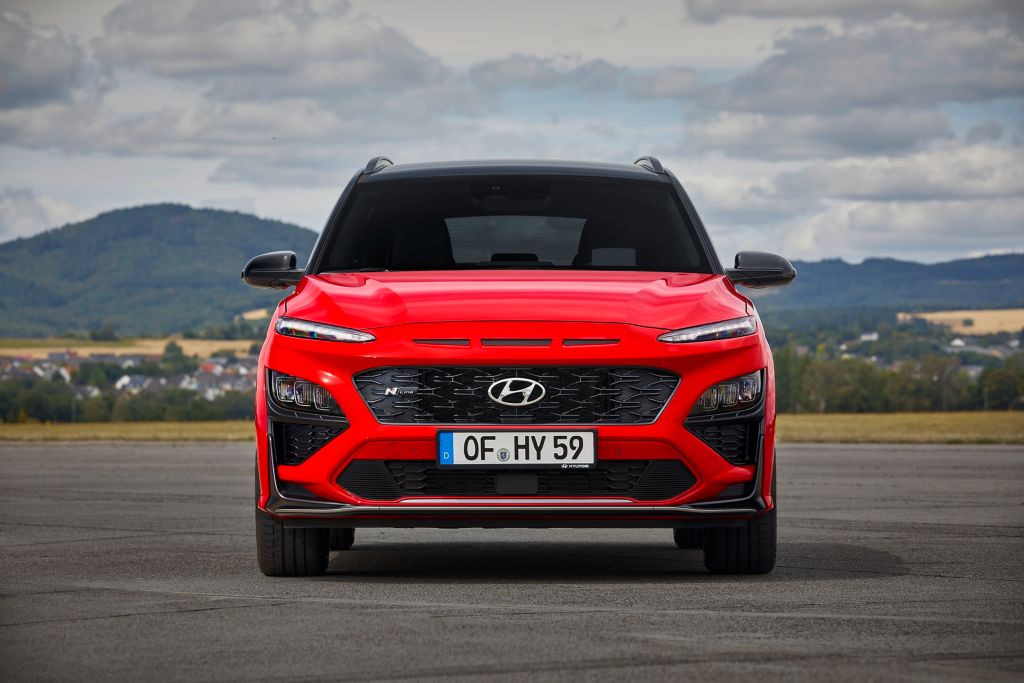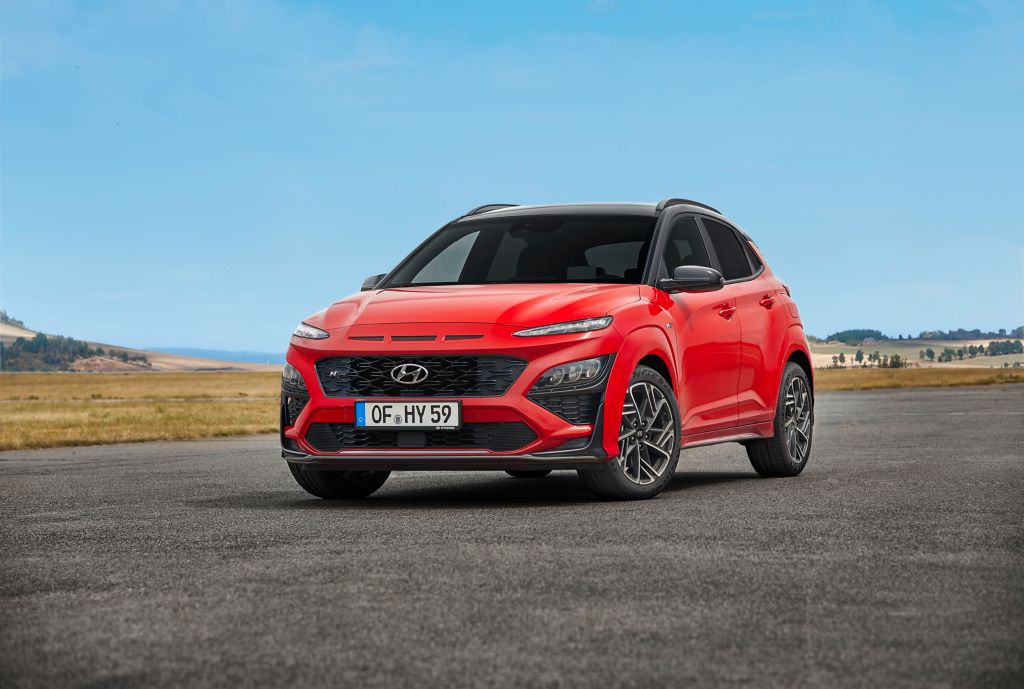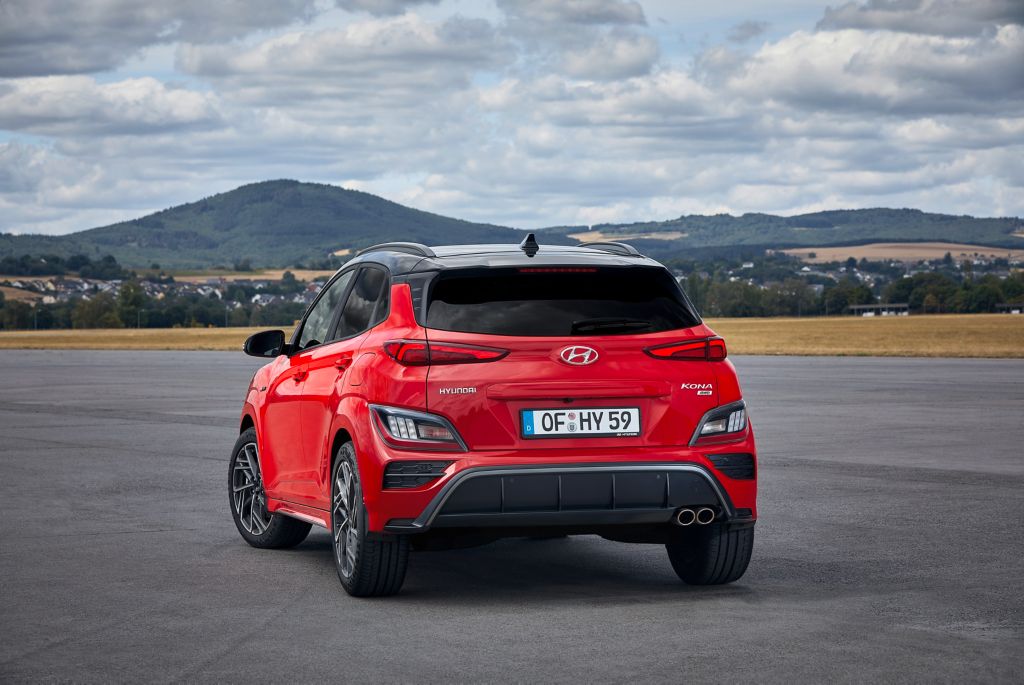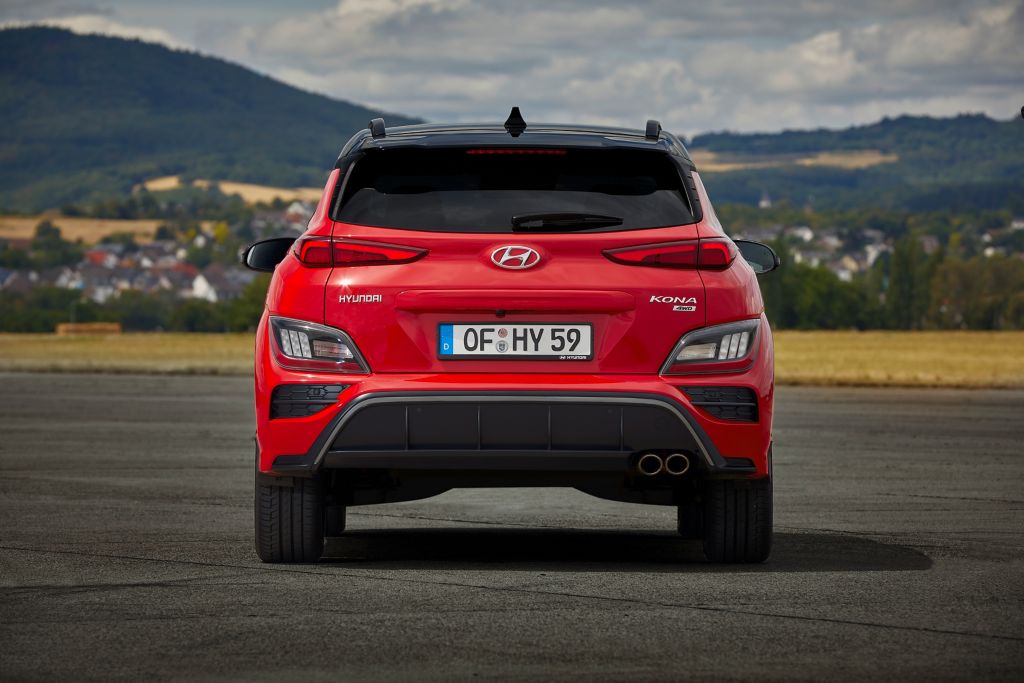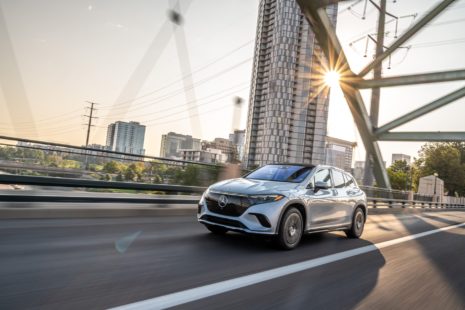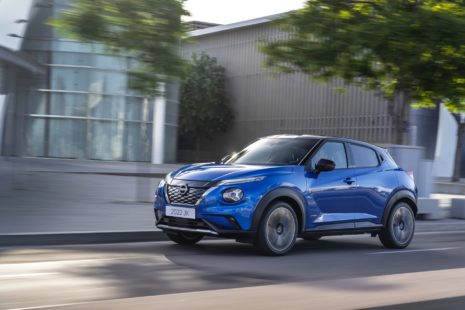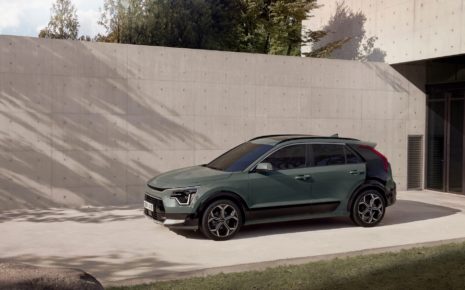Review - Hyundai Kona N Line
Hyundai, heavily pushing sportiness in recent years, is bringing to market the Kona N Line SUV. This model was introduced at the end of April of this year and joins Hyundai’s lineup of N Line high-performance vehicles. The 2021 Kona N is not quite the top of the Hyundai lineup, but is very close. It is distinguished from previous Konas by several easy-to-recognise design elements. Although the N Line models are only one of the available trim levels, Hyundai has always emphasised that their N Line models are not conventional vehicles.
The Hyundai Kona first appeared in 2017. At that time, the model attracted attention with its narrow lights and dynamic nose. It was designed by Luc Donckerwolke, the creator of the last version of the Lamborghini Diablo, Murcielago and Gallardo. With a little imagination, you might even recognise something sports car-like about the Kona. Now in the middle of its life cycle, it is time for a new addition, leading Hyundai to introduce the Kona N Line SUV.
The easiest ways to distinguish the Kona N Line from other Konas are the following enhancements. The logo has moved from the engine hood to the center of the front grille. Small wings now appear on the bottom corners of the bumper and a splitter is now on the bottom of the bumper. Three narrow air intake holes have been cut into the engine hood. Looking from side to side, the lack of unpainted plastic wheel casing borders and side extensions makes the car appear somehow more massive and more robust. The rear bumper was also replaced, which, along with a small diffuser, also adds a sporty accent with two silencers. Also included are 18-inch cast rims specially designed for this version.
The interior of the car offers a transmission shift lever with the N Line logo and a distinctive red thread is sewn into the ventilated seats finished with textiles, leather or alcantara leather. It also sports metal-coated pedals.
The engine of the Kona N Line is the most powerful in its class: a 1.6-litre turbo engine that develops 145 kW, or 198 horsepower, and 265 Nm – more than enough to be athletic. The car has four-wheel drive and a seven-step dual-clutch automatic gearbox. The latter operates quite smoothly and, when used at reasonable engine speeds, there is absolutely no feeling of clunking caused by shifting.
When it comes to driving, the Kona N takes 8.1 seconds to accelerate to 100, according to the official data, which suggests that this is a somewhat more athletic model, but not more than that. But what do you want from a sports car that is also a city-going SUV? Nearly 200 horsepower provides perfectly reasonable acceleration in the city and on the highway. The passenger compartment remains quiet on average, with the official driving noise figure reaching 68 dB, which in itself is not bad. At higher speeds, the wind starts to soar, but passengers can easily talk without raising their voices. The seats are more comfortable in front, for the rear occupants not so much. It’s exactly the same with leg room: in the front you can open up comfortably, but at the expense of the those riding in the back. Of course, this only applies to taller passengers when the front seats are moved back to the maximum rearward position. The rear middle seat is more for an emergency and typically two people will ride in the back row, but they can share a large flip-down armrest with twin cup holders. The back seats can be folded down 60:40 and when folded down are almost completely flat.
The driver cockpit is equipped with a digital display panel and a windscreen heads-up display. At the bottom of the 10.25-inch touchscreen of the multimedia system, a small row of buttons has been incorporated to speed up the main functions – Hyundai is one of the few manufacturers that finds that just dragging a finger along the screen is not the best way to quickly and safely change settings. And finally, wireless charging of smartphones is also available in the Kona N Line.
The latest active safety equipment solutions include adaptive cruise control which, if necessary, can fully stop the car, transverse traffic detection system for parking, and other odds and ends that make driving comfortable in traffic.
A look at the technical data shows that the Hyundai Kona N Line has a length of 4205, a width of 1800, a height of 1565 and a wheelbase of 2600 millimetres. The volume of the trunk varies from 252 to 1050 litres. The fuel consumption measured according to the WLTP methodology is 7.4 litres per hundred kilometres, but using the car as intended, this number can increase by approximately 1.5 litres. The asking price for the Kona N Line is currently €28,990, with a five-year warranty without any travel restrictions.
Thus, the Kona N Line is a full-fledged sporty and city vehicle which, thanks to increased power, could easily be an alternative to other weaker powered vehicles.
